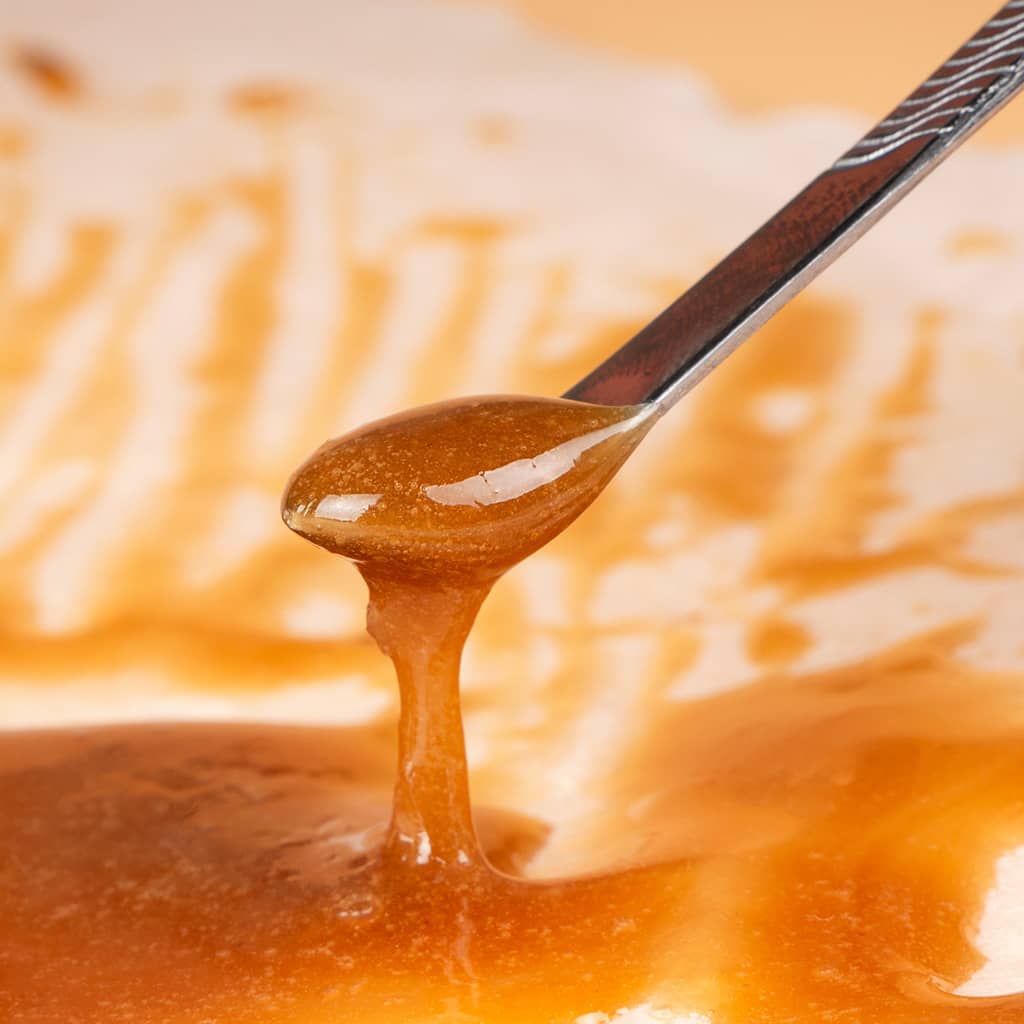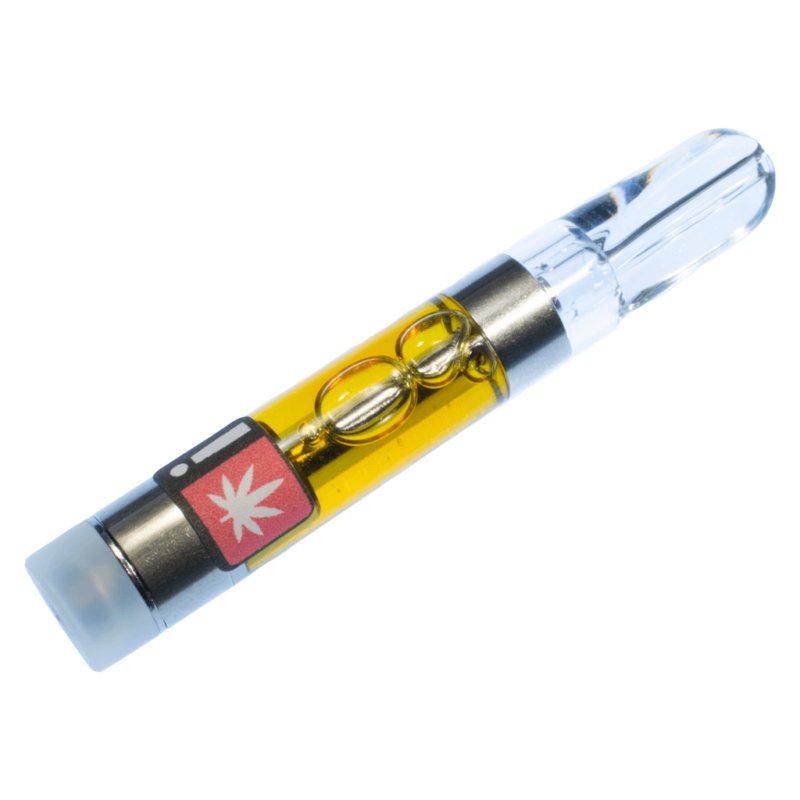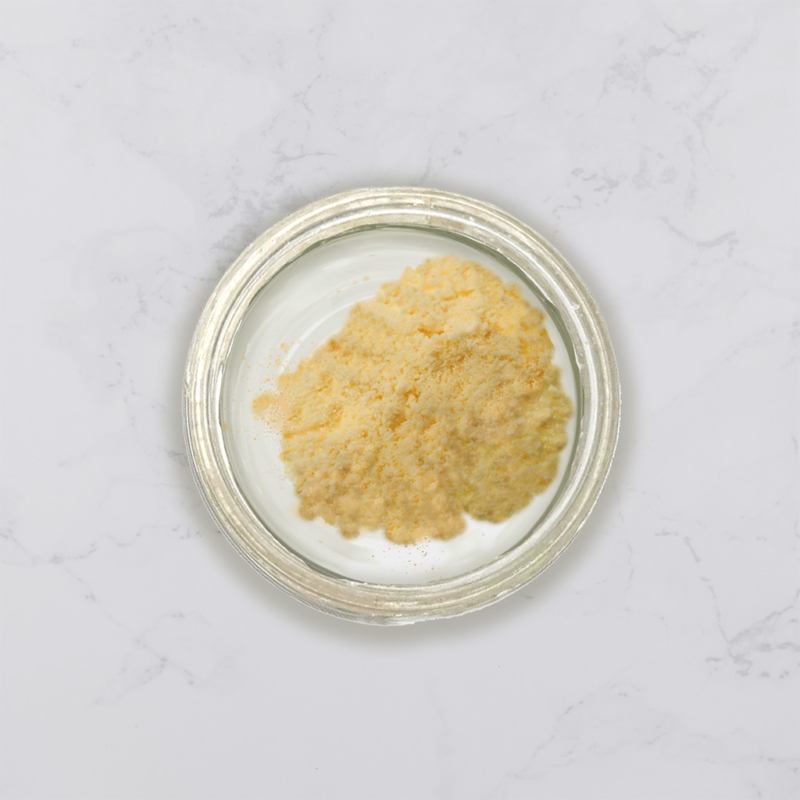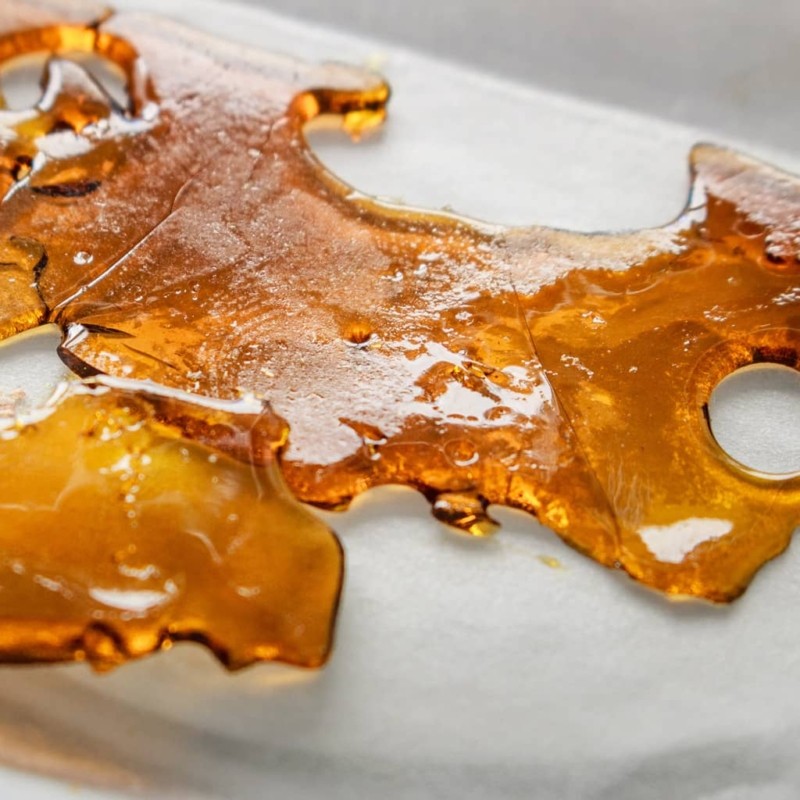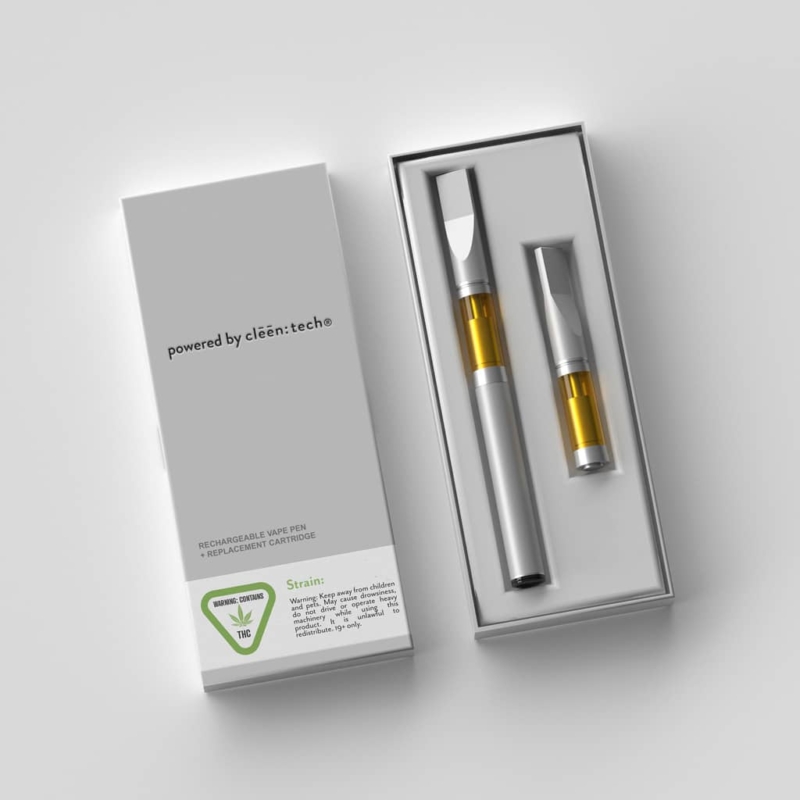Full Spectrum vs Broad Spectrum Oil
Written by: Scott Sondles
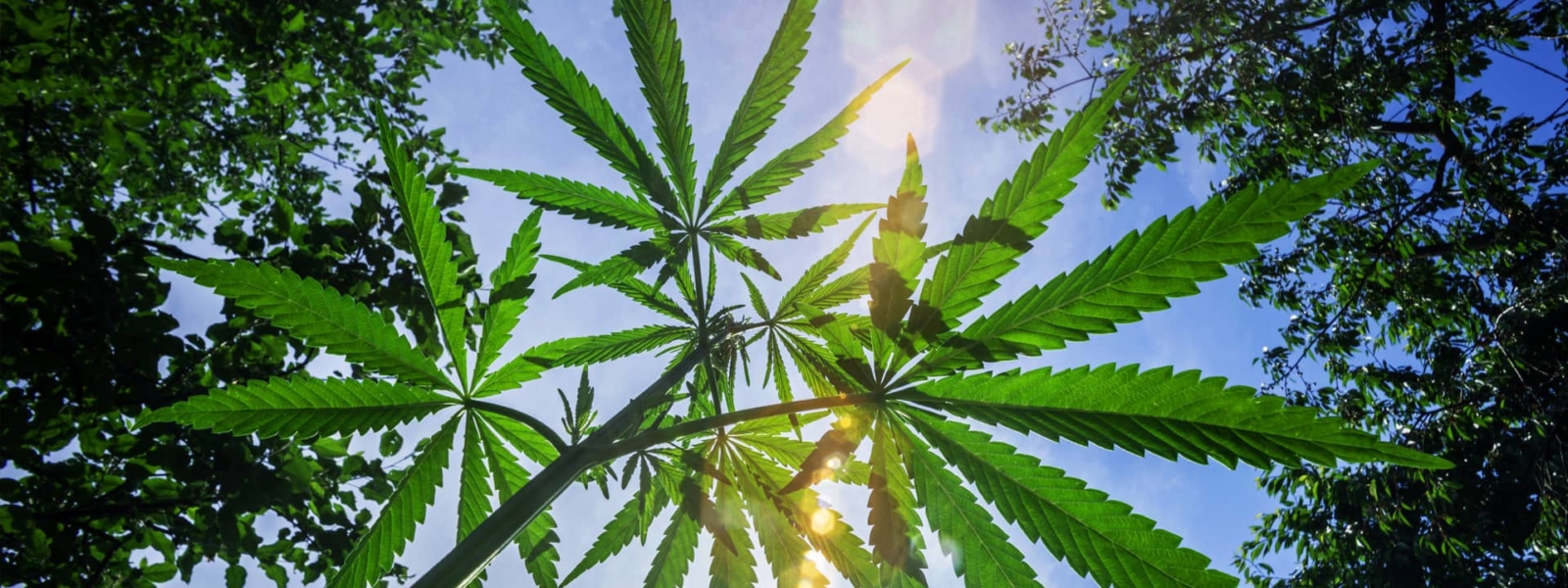
There’s more to the history of hemp than just CBD and it all starts with full-spectrum and broad-spectrum oil and concentrates.
There are a lot of CBD products on the market and customers need to be aware that hemp is much more than just a molecule. CBD is just one of 113 cannabinoids that have been discovered in the hemp flower and many scientists, researchers, and consumers believe these beneficial compounds work best when they’re together. This therapeutic theory has been called the ‘entourage effect’ and this is the reason we have full-spectrum and broad-spectrum hemp products. Full-spectrum and broad-spectrum hemp products are the fastest-growing products in the hemp market due to the entourage effect.
- Full-Spectrum: A whole plant extract that contains the optimal amount of bioactive chemicals.
- Broad-Spectrum: A whole plant extract that is nearly identical to a full-spectrum extract, but it is THC free.
Hemp flowers contain close to 500 known molecules and all of these chemicals play a role in the therapeutic potential of the plant extract. In hemp, the majority of the bioactive compounds are produced in the cells of glandular hairs called trichomes. Cannabinoids are the main molecules that extractors try to preserve, but hemp flowers are also rich in terpenoids (120 different terpenes found in the hemp plant), and flavonoids that may enhance biological activity, efficacy, and bioavailability. The only downside to the entourage effect is that it is extremely complex and this complexity makes it harder to study these whole plant extracts. Full-spectrum and broad-spectrum hemp extracts are both considered whole plant extracts. Consumers should also be aware there is no regulatory guidelines or grading system for using the terms full spectrum vs broad spectrum. The only way to truly understand the quality of the product is to see certified 3rd party testing.
Entourage Effect
The entourage effect is a synergistic effect that has been observed between cannabinoids and secondary metabolites (bioactive chemicals). The theory is that when a full-spectrum extract is consumed, the cannabinoids and secondary metabolites work together to increase bioavailability and enhance the therapeutic effects of the oil or product. Aristotle got it right when he said “the sum is greater than the whole”.
More specifically, minor cannabinoids and secondary metabolites may increase the effects of THC, reduce the effects of THC, reduce side effects, encourage the production of endocannabinoid receptors, inhibit the production of enzymes or make it easier for cannabinoids to bind to our endocannabinoid system or independent g-protein receptors. The Entourage Effect is the main reason why synthetic cannabinoids or isolated plant chemicals have been shown to be less effective when compared to a full-spectrum extract.
Secondary plant or fungi chemicals have diverse functions in plants and are believed to be the main method of how plants communicate and manage their environment. Scientists also believe that the aromatic secondary chemicals called terpenes are a communication channel that can transcend humans, animals, plants, fungi, and microorganisms. The majority of these plant compounds are produced in specific cells that are located in trichome heads and fresh plant materials that have the highest concentration of bioactive chemicals. Many of the beneficial chemicals that extractors are trying to extract are extremely volatile and this makes the drying, extracting, and purification process difficult. Examples of commercially secondary metabolites are polyketides, isoprenoids, alkaloids, phenylpropanoids, and flavonoids. Cannabinoids that are extracted from the hemp plant and cannabis fall into the alkaloid grouping. Aristotle famously believed that the essential oils of the plant were the spirit of the plant and extracts were distilled spirits.
The Entourage Effect is also why studies show it’s better to eat your fruits and vegetables rather than taking a vitamin pill. There’s real science behind the “whole foods” trend and it’s called the entourage effect. One of the most studied family of plant chemicals is the terpenoid family and many researchers believe these chemicals in cannabis can add to the medicinal value of cannabinoids. The future of cannabinoid medications will optimize the entourage effect for specific diseases or therapies, and full-spectrum hemp extracts. The entourage effect is seen throughout the plant and fungi kingdoms.
Broad-Spectrum
Broad-spectrum hemp extract is gaining in popularity because the extraction process removes any THC content and delivers the therapeutic benefits that are often associated with the entourage effect. Broad-spectrum products are finding a nice niche in wellness communities where the consumer is concerned about failing a drug test. Professional athletes, training athletes, and people who don’t want to be exposed to products containing trace amounts of THC content should skip the CBD isolate and go with a broad-spectrum product.
How is it Done?
So, what is extraction and how does the process work for full-spectrum vs broad-spectrum products? The bottleneck behind the extraction process tends to occur during the post-processing and purification process, but with full-spectrum and broad-spectrum the focus isn’t on distillation and purification, but preservation. Both full-spectrum and broad-spectrum extracts also have to go through a THC remediation process that will be discussed later.
>Making premium full-spectrum or broad-spectrum extracts is a hard task and supercritical CO2 extraction equipment makes this process a lot easier. Supercritical CO2 has been around since the 1970s, but it has just recently exploded onto the legal cannabinoid market, essential oil industry, and pharmaceutical extraction. Subcritical or supercritical CO2 allows for an environmentally friendly extraction that occurs at low temperatures and leaves no residual traces of solvent. More importantly, CO2 extraction techniques offer minimal denaturing of the volatile secondary compounds that are trying to be extracted and preserved.
One major advantage that CO2 extractors provide is the ability to make better whole plant extracts by fractionating the more volatile terpenes from the less volatile cannabinoids. This terpenes extraction run occurs during the first few minutes of the extraction run and the lighter terpenes are the first molecules to be extracted. Hemp processors will typically set these aside and then reintroduce these volatile compounds after the cannabinoids have been purified and tested. The ability to fractionate terpenes allows hemp processors to capture the optimal aromatic profile. These hemp extracts smell like the original flower and are the holy grail of hemp concentrates. One of the most difficult challenges processors have is how to best preserve the full spectrum vs broad spectrum product after extraction and during downstream manufacturing processes. As the hemp industry matures we will see more transparency behind all of these processes.
Preserving the terpene profile of your cannabis strain is arguably the most important step in creating high-quality cannabis medication and supplements. Traditional big pharma thinking will have you believe “pure” or “isolated” extracts are superior, but science shows that this is not the case. Cannabinoid therapies are most effective when paired with terpenes in their natural state and researchers are finding that terpenes are some of the most biodiverse and versatile compounds in the plant world. There are an estimated 120 different terpenes found in the hemp flower, but many of these molecules vaporize or become degraded during the extraction and purification process. The chemical profile of hemp cultivars can change dramatically when flowers are turned into oils.
Other methods of terpenes preservation utilize steam-distillation prior to going through a cannabinoid extraction or the use of gas-chromatography. For large-scale terpenes extraction, steam distillation is utilized while gas-chromatography is usually preferred at research institutions.
THC Remediation
Removing or isolating any molecule from a chemical compound is an extremely complex task, but it’s a lot easier with chromatography equipment and a background in chemistry. Separating trace amounts of THC from the rest of the cannabinoid profile is so difficult due to the similar molecule structure of all the various cannabinoids. With all this talk about the method of extraction, you may be wondering, what is chromatography and why is it so important for the hemp industry?
Chromatography is incredibly important when it comes to removing THC from broad-spectrum oils, but this equipment is also important when developing full-spectrum products. Many times hemp processors will have full-spectrum extracts that test over the THC limit (0.3%) and to legally sell these products a specific amount of THC may need to be removed. Hemp flowers need to legally have a THC concentration of less than 0.3%, but during traditional extraction processes, the THC levels can climb all the way up to 3%. This may get some of us excited about the possibilities of turning THC into other cannabinoids like CBN, but an extract that is testing at 3% THC is technically illegal and needs to go through THC remediation.
Chromatography is a method used to isolate and preserve specific molecules or compounds in lab settings and certain systems such as high-performance liquid chromatography (HPLC) or Supercritical chromatography can be used for large-scale hemp processors. Cannabinoid molecules are very similar, but chromatography has the ability to separate cannabinoids based on differences in their polarity. More specifically, THC is less polar than pure CBD so it can be removed from crude oil or distillate before CBD. There are multiple methods to remove THC from hemp extract, but the most economically feasible methods are HPLC and supercritical chromatography. For smaller operations, gas chromatography or flash chromatography may be all that is needed. Chromatography remediation can successfully remove 99.9% of THC and is an essential process if you want to get into the hemp processing business. – For more information on what chromatography machines can do check out our blog, Different Kinds Of Isolate.
The Future is Full & Broad
As the industry matures and more and more hemp myths and misconceptions are debunked, hemp processing companies will need to eliminate waste in their supply chains and become hyper-focused on preserving all the bioactive chemicals in the original flower. Quantity over quality will no longer work in the hemp industry and the future of the market is going to come down to who can do the best job of extracting and preserving the complete chemical profile of the chemical compound, such as cleentech. If you want the best results when using these beneficial compounds, go with full-spectrum or broad-spectrum hemp products.


